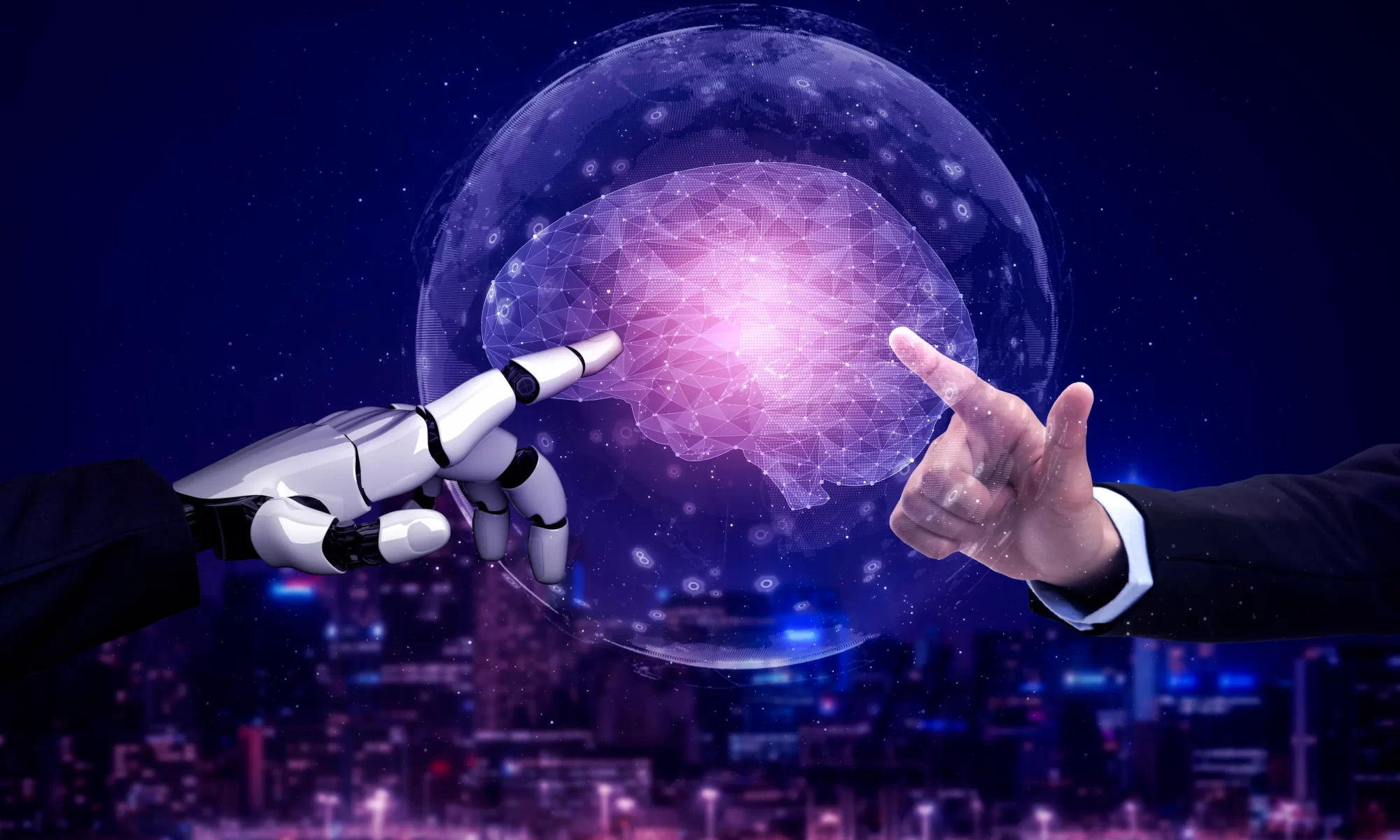Developing a food delivery app like Jahez involves several crucial factors that influence the overall cost. Jahez, a prominent food delivery platform in Saudi Arabia, offers a seamless experience for users to order from a wide array of restaurants. Creating a similar app requires careful consideration of features, technology, and the development team.
Factors Influencing Development Cost:
- App Complexity and Features: The more features you integrate, the higher the development cost. Basic features include user registration, restaurant listings, menu browsing, order placement, and payment integration. Advanced features like real-time order tracking, push notifications, reviews and ratings, multiple payment options, AI-based recommendations, and loyalty programs will increase the cost.
- Platform (iOS, Android, or Both): Developing native apps for both iOS and Android will be more expensive than developing for a single platform. Cross-platform development using frameworks like React Native or Flutter can be a cost-effective solution to target both platforms simultaneously.
- UI/UX Design: A user-friendly and visually appealing design is crucial for user engagement. The complexity and customization level of the UI/UX design will impact the cost.
- Technology Stack: The choice of programming languages, frameworks, and tools will influence the development time and cost. Common tech stacks for food delivery apps include React Native or Flutter for the front-end, Node.js for the back-end, and databases like PostgreSQL or MongoDB.
- Third-Party Integrations: Integrating services like payment gateways (e.g., Stripe, PayPal), map services (e.g., Google Maps), and SMS services (e.g., Twilio) will incur additional costs.
- Development Team Location and Size: The geographical location of the development team significantly affects the cost due to varying hourly rates. Hiring developers in North America or Western Europe is generally more expensive than in Asia or Eastern Europe. The size of the team required for the project also influences the overall cost.
- Security and Compliance: Implementing robust security measures and adhering to relevant compliance standards are essential, which can add to the development cost.
- App Scalability: Planning for future scalability to handle increasing user loads and data will impact the initial architecture and development cost.
- Testing and Quality Assurance: Rigorous testing is necessary to ensure a bug-free and high-performing app, which is an essential part of the development budget.
- App Maintenance and Updates: Post-launch, ongoing maintenance, bug fixes, updates, and new feature additions are necessary, which should be factored into the overall budget.
Estimated Development Cost:
The cost to develop a food delivery app like Jahez can vary significantly based on the factors mentioned above. Here are some broad estimates:
- Basic Food Delivery App: SAR 37,500 – SAR 150,000 (USD 10,000 – USD 40,000) with essential features for a single platform. Development timeline: Approximately 3 to 4 months.
- Medium Complexity Food Delivery App: SAR 150,500 – SAR 400,000 (USD 40,000 – USD 107,000) with features like user profiles, order tracking, push notifications, and multiple payment options for cross-platform development. Development timeline: Approximately 4 to 6 months.
- Advanced Food Delivery App: SAR 400,000 – SAR 1,100,000+ (USD 107,000 – USD 293,000+) with advanced features like real-time GPS tracking, AI-based recommendations, loyalty programs, and advanced analytics for cross-platform development. Development timeline: Approximately 9 months or more.
These are rough estimates, and the actual cost can vary depending on the specific requirements and the development team you choose.
Jahez Business Model and Revenue Streams:
Jahez operates on a marketplace model, connecting customers with restaurants and delivery partners. Its primary revenue streams include:
- Commission from Restaurants: Jahez charges restaurants a percentage commission on each order placed through the platform. Commission rates can vary based on factors like order volume and restaurant size.
- Delivery Fees: Customers pay a delivery fee, which can be fixed or dynamic based on distance, time of day (surge pricing), and order value (small order fees).
- Subscription-Based Loyalty Programs: Offering premium memberships with benefits like free deliveries and special discounts for a monthly fee.
- Paid Advertising and Featured Listings: Restaurants can pay for higher visibility within the app through featured listings and promotional campaigns.
Monetization Strategies for Your Food Delivery App:
Besides the core revenue streams of commission and delivery fees, you can consider other monetization strategies:
- Convenience Fees: Charging customers extra for services like priority delivery.
- Partnerships and Promotions: Collaborating with other businesses for cross-promotions.
- Data Monetization: Analyzing and potentially selling anonymized user data and trends to restaurants and other relevant businesses.
- White-Label Solutions: Offering your platform or parts of it as a white-label solution to other businesses.
Reducing Development Costs:
- Prioritize Core Features: Start with a Minimum Viable Product (MVP) with essential features and gradually add more features based on user feedback.
- Choose Cross-Platform Development: Using frameworks like Flutter or React Native can save time and cost by building a single codebase for both iOS and Android.
- Consider Outsourcing: Hiring a development team in regions with lower hourly rates can be cost-effective, but ensure effective communication and quality control.
- Utilize Open-Source Tools and Libraries: Leverage free and open-source resources where possible.
- Automate Testing: Implementing automated testing can save time and reduce the chances of bugs in the long run.
To get a precise estimate for developing a food delivery app like Jahez, it is recommended to consult with a reputable app development company and provide them with detailed requirements for your project.




